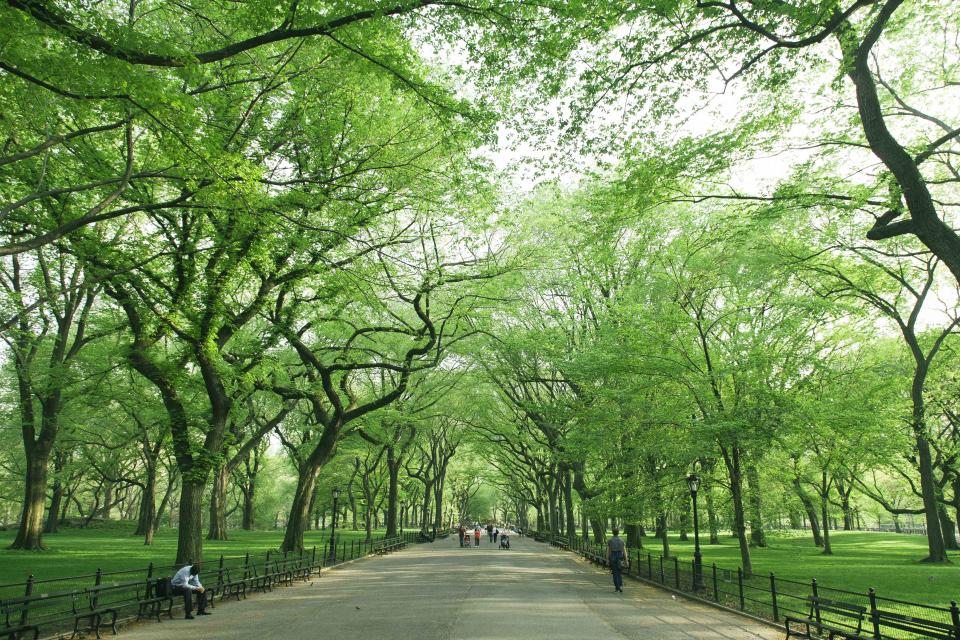Trees Are a ‘Must-Have’ Medicine When Addressing Mental Health
The positive impact of trees is well-documented in a growing body of scientific studies in the U.S. and around the world.

A thriving urban forest can plant the seed of wellness in the minds and hearts of people navigating the dense brush of mental illness.
In 2022, a CNN poll found that 90% of Americans believed the U.S. was experiencing a mental health crisis. Unfortunately, the data backs it up. According to the National Alliance on Mental Illness, one in five U.S. adults experience mental illness. It’s a troubling trend that affects people of all backgrounds.
During Mental Health Awareness Month, it’s important to give voice to the silent struggle so many people face and consider how we might improve the state of mental health in America.
Experts say one way we can get there is by increasing the investment in green infrastructure.
Research shows that access to trees reduces rates of depression, lowers levels of the brain’s main stress hormone, cortisol, and improves cognitive function. This is especially true in cities and urban areas, where residents are significantly more likely to battle depression and anxiety. By breaking up concrete jungles with urban forests, we can help make people happier and healthier.
The positive impact of trees is well-documented in a growing body of scientific studies in the U.S. and around the world. For example, a study in Germany concluded that just living within 100 meters of a tree has the ability to reduce the need for antidepressant drugs. In Denmark, researchers found that children living at the lowest levels of green space had a significantly higher risk of developing psychiatric disorders later in life as compared to children living near strong green space. Some doctors are even looking to trees as a form of medicine, prescribing struggling patients with a walk in the woods to fully immerse themselves in nature (a practice known as forest bathing).
Despite the overwhelming amount of research available, there’s seemingly little awareness among U.S. adults about how trees can positively affect our day-to-day well-being. According to a Harris Poll survey commissioned by the Arbor Day Foundation, only 41% of American adults valued a tree’s ability to boost mental health. I believe this is because, too often, green space is seen as a luxury.
It's clear that trees are not a “nice-to-have.” Trees are a must-have.
Everyone deserves equal access to trees and the positive power they carry. Historically, disadvantaged communities have a disproportionately low tree canopy when compared to high-income areas. That means they also have disproportionately low access to free mental health care, courtesy of Mother Nature. When you compound that with the financial barriers low-income neighborhoods face in gaining access to traditional mental health treatment like therapy or medication, it’s easy for some of our country’s most vulnerable people to feel trapped by their struggle.
We need to offer people hope.
While the mental health crisis in America won’t be solved entirely by trees, planting more could help people stuck in the darkness of an unbearable battle. The resilience, beauty, and strength of a tree could nurture their mind, body, and soul, bringing them closer to a long-desired sense of peace.
Dan Lambe is CEO of the Arbor Day Foundation, the largest nonprofit membership organization dedicated to planting trees. He can be reached at dlambe@arborday.org.

